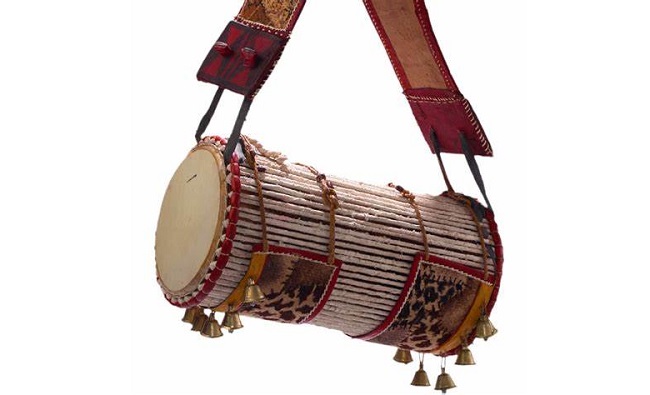

The Yorubas make use of traditional drums in most of their ceremonial occasions including festivals. These drums are testament to the rich Yoruba culture. They are made from wood and animal skin to produce different sounds. Below are the different traditional drums in Yoruba land:
1. Bata
Bata is very famous among the traditional drums in Yoruba land. It is used at coronations, festivals and cultural functions. This drum has two sides; one is wider than the other. Bata is also used for war, divination and praise.

It comes in three different sizes and types; firstly, the ‘Iya’ (Mother) is the largest of them all. It has unique patterns that complement the other two drums. Iya is designed with bronze caps and bells that enhance the sound when the drummer beats it.
Secondly, is the ‘Itotele’ — it is a middle-sized instrument with few patterns but with unique sounds. Thirdly, the ‘Okonkolo; it’s the smallest and has simple designs with a distinct sound.
2. Gangan
Gangan is very special in Yoruba culture. It is also referred to as the ‘talking drum’. This traditional instrument emanated from the Old Oyo Empire when it was used as a means of communication at the installment of a king, the ‘Alaafin of Oyo’.

Gangan is used to speaking to different songs of the Yoruba language. It is created with cords that determine the tone of the drum. You would find it in notable ceremonies and is also used in modern day Nigerin music that has gone global.
3. Saworoide
Saworoide is a talking drum decorated with brass bells that are attached with straps for support. This instrument is used as a means of communication at cultural functions.

4. Sakara
Sakara is also known as ‘Omele’. It is a round drum made from goat skin and shaped in a circular way combined with clay. It is used at coronations, weddings and other traditional ceremonies.

5. Gbedu
Gbedu means ‘a big drum’ — it signifies royalty. It is played at special occasions, especially among the Ogboni — an ancient Yoruba secret society.

Read Also: Check out 5 natural ways to prevent Fibroids








